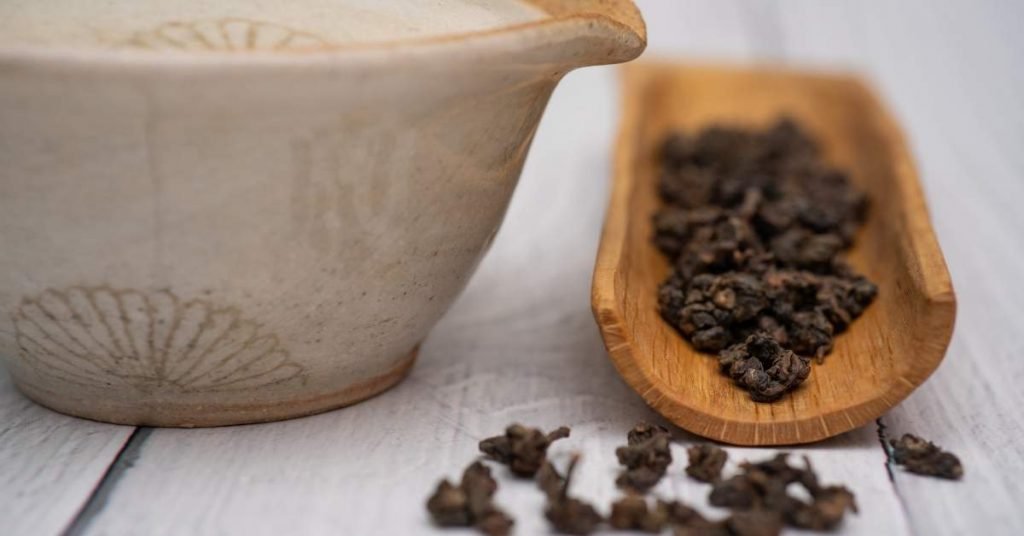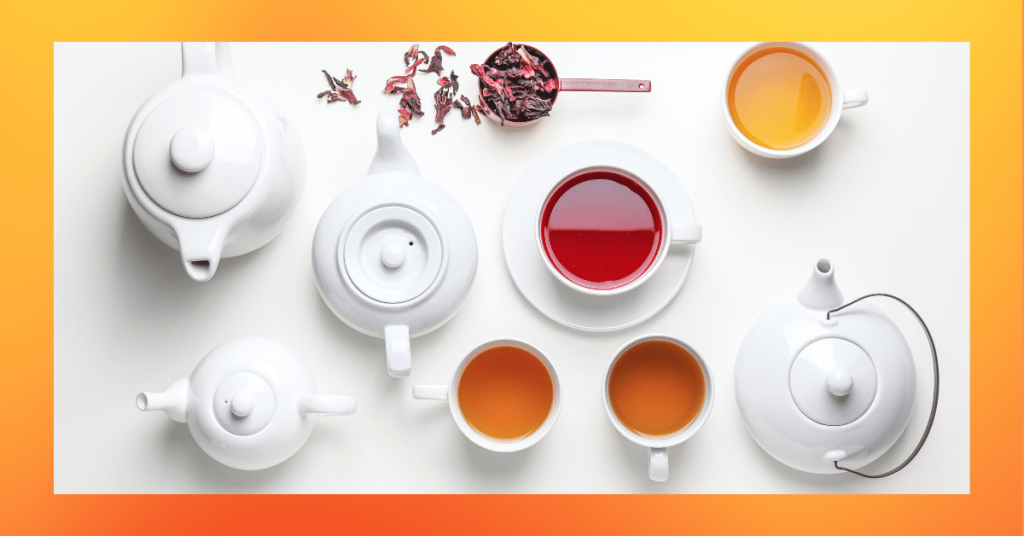Brazil consumes 0.05 lb of tea per capita per year.
As one of the largest countries in the world and surely the largest in Latin America, Brazil’s tea culture varies from one region to another.
Some parts of the country prefer all variants of Oolong tea, while others opt for mint and lemongrass infusions.
History of Tea in Brazil
There’s no doubt that the most ancient tea tradition in Brazil is Ayahuasca (Vine of Souls in the Quechua language).
This spiritual ceremony potion of the indigenous people has a millennium tradition, much older than the introduction of Oolong tea by the Portuguese colonizers.
Mint tea is another local variety that Brazilian people enjoyed before the introduction of true teas such as Oolong and Black tea.
Tea Culture in Brazil
Brazilians love strong Black tea as well as many variations of it as Lemongrass and Lemon balm, imported from Southeast Asia or grown locally.
Tea in Brazil is preferred as a hot or cold beverage, depending on the region and weather conditions.
Erva mate ( similar to yerba mate in Argentina) is also a highly popular tea, especially in the Southern parts of the country. Erva mate is a loose-leaf tea from the mate bush.
The beverage is locally known as chá mate and it is consumed from cuia, a sealed container with a steel straw called ‘bomba’.
The Brazilian tea culture involves a circle tea drinking ritual, starting with the host who then passes on the cuia to the next person.
When the ‘bomba’ starts making a wheezing sound, the host pours more hot water, making sure there’s enough chá mate for everyone.
MEDICAL DISCLAIMER
Itsnevernotteatime.com cannot and does not contain medical/health advice. The medical/health information is provided for general and educational purposes only and is not a substitute for professional advice.




